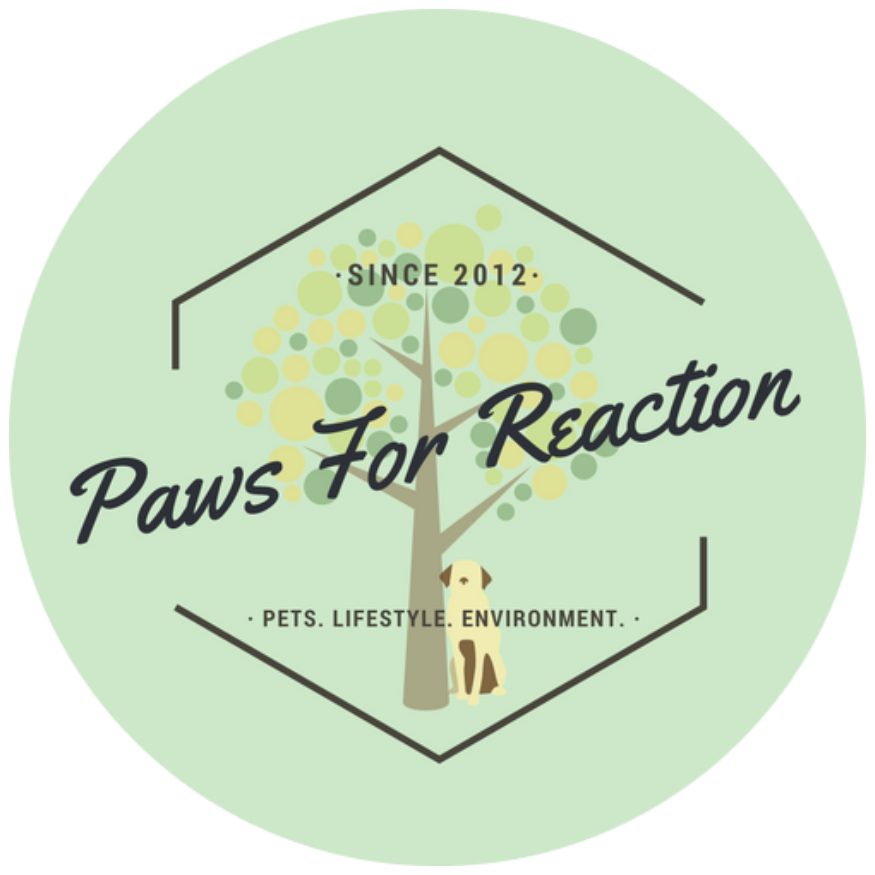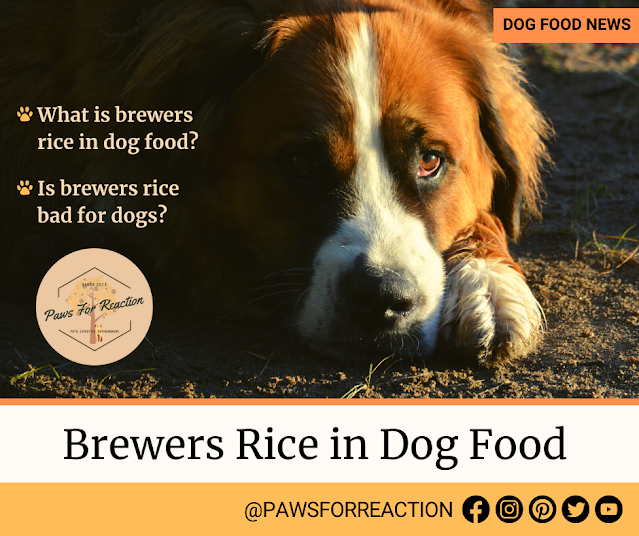
Made in Canada: Understanding food labels in Canada. Shop Canada! Buy Canadian!
Made in Canada: Understanding food labels in Canada to make it easier to buy Canadian
So we're in a trade war, it seems. Donald Trump's tariffs will have some blowback but in the meantime, we should be divesting to support home-grown goods. What an unfortunate situation but a perfect excuse to buy Canadian!
Shopping Canadian is more sustainable. This will also provide a great opportunity to check out that locally owned shop you've been meaning to hit up. Shopping Canadian can be confusing at everyone's favourite place: the grocery store. Here is a brief overview of how to understand origin claims on food labels, aka the Canadian identifier, so you can shop smarter.
Product of Canada: To describe food with all or
virtually all major ingredients, processing, and labour used are Canadian. All significant
ingredients in a food product are Canadian in origin, with no less than 98% of
the total costs of the product spent in Canada.
Product packaging materials can be sourced from outside
Canada, and the use of imported agricultural inputs (seed, fertilizers, animal
feed, and medications) are allowed. Generally, products exported and
re-imported into Canada would not qualify.
Made in Canada: To describe food with at least 51% of
production costs spent in Canada, even if some ingredients are from other
countries. The last substantial transformation of the product (processing
which changes its nature and becomes a new product with a new name) must occur
in Canada.
All variations of "Made in Canada" must include a
qualifying statement, such as "Made in Canada from domestic and imported
ingredients" or "Made in Canada from imported ingredients".
Prepared in Canada: To describe food that has been
entirely prepared in Canada. Individual ingredients can be sourced from
anywhere.
Meat & Poultry: Can be applied to meat from Canadian
animals slaughtered in Canada. Animals are considered Canadian if they
are born or hatched, raised and slaughtered in Canada or, in the case of feeder
cattle, have spent a period of at least 60 days in Canada prior to slaughter in
Canada.
Wild fish & seafood: Can be applied to marine life
caught by vessels in Canadian waters (or adjacent waters as per Canadian
regulatory fishing quotas) and the products from the marine life are processed
in a Canadian establishment using Canadian ingredients. Farmed marine life must
come from farms located in Canada and meet the above processing requirements.
Dairy and eggs: Can be applied to eggs from imported hens
and milk from imported cows provided that the hen laid its eggs in Canada, and
the cow is milked in Canada.
Remember: Not all products sold by Canadian companies are made in Canada, so be sure to check the label even if you recognize the name of the company as a Canadian brand. Many Canadian brands source their ingredients, and process and manufacture their food products in the United States.
If you want to take a deep dive into origin claims on food labels, visit the CFIA website.
Give me a high paw and follow Paws For Reaction on Pinterest
Like Paws for Reaction on Facebook
Follow @PawsForReaction on Instagram
Follow my blog and subscribe in the sidebar >>





















0 Comentarios